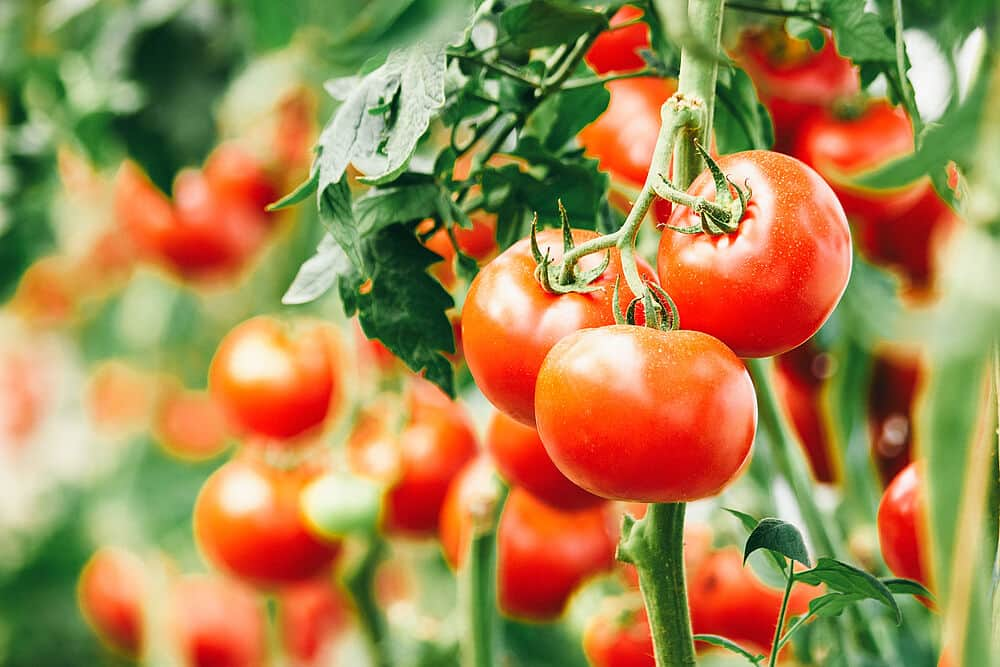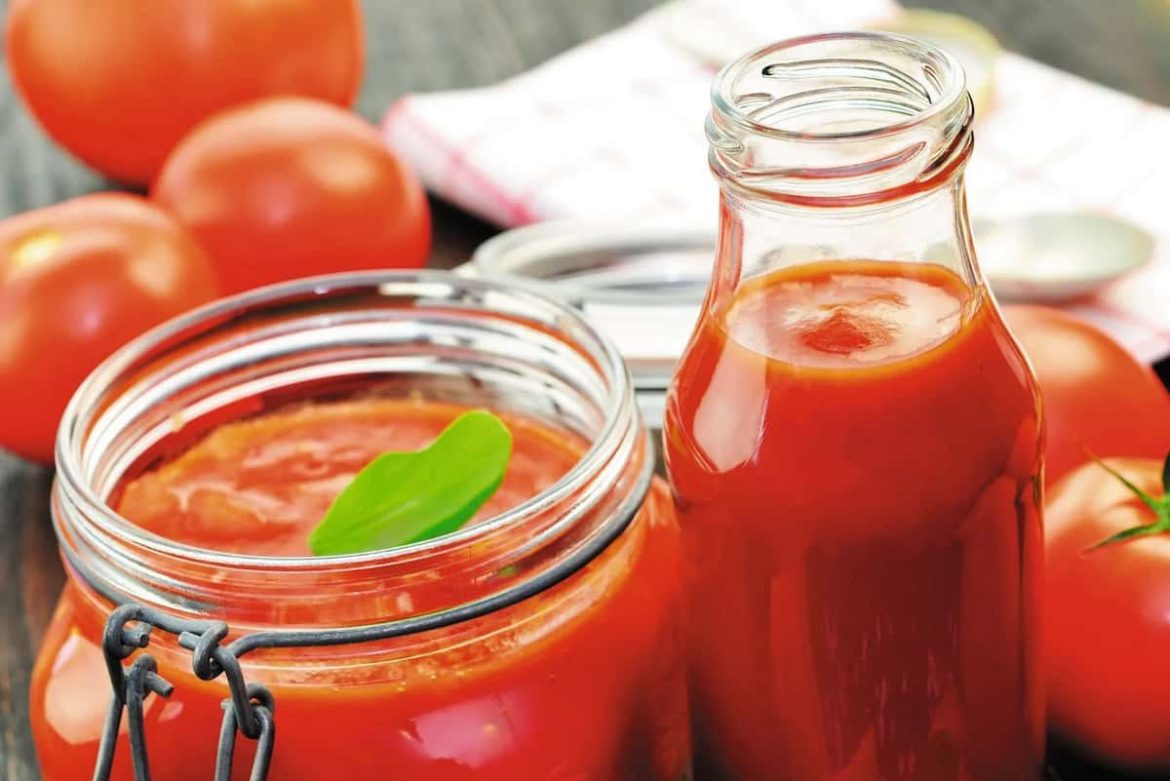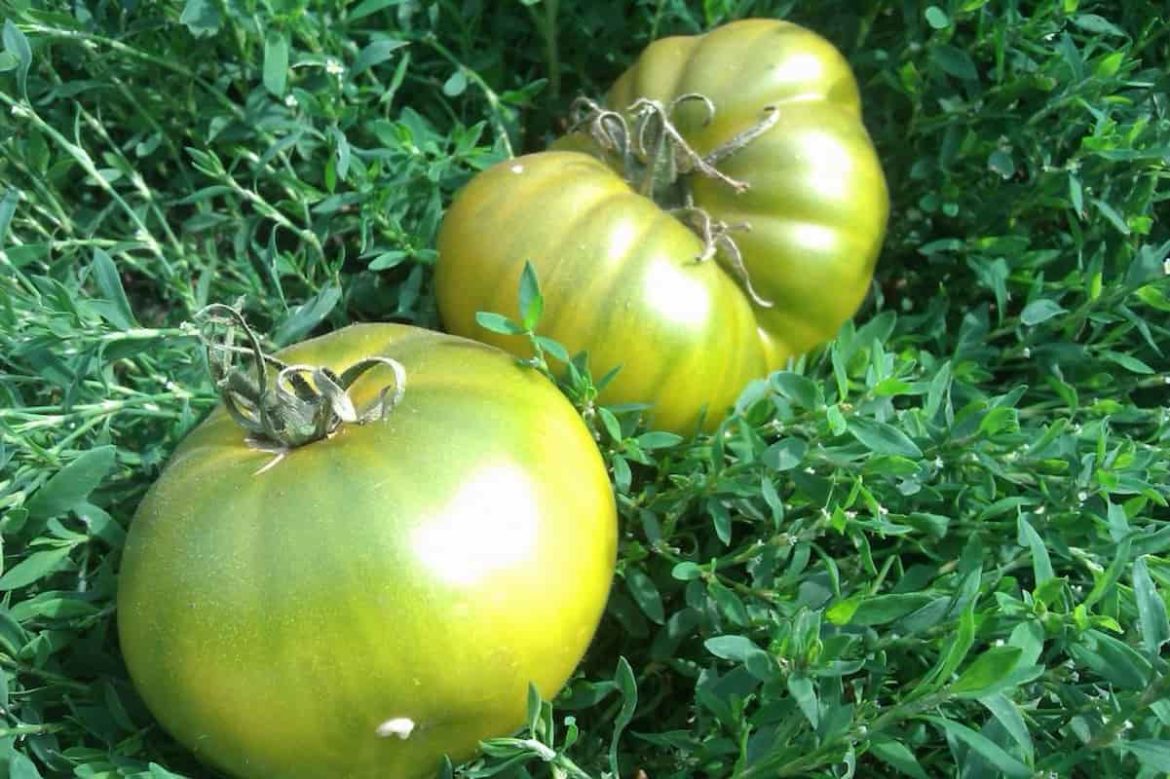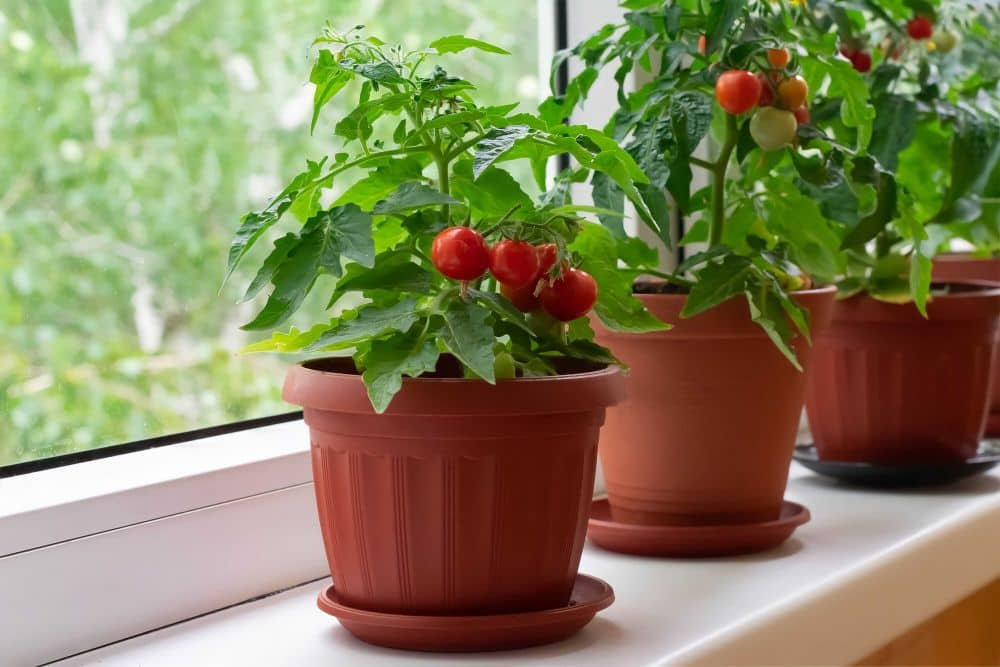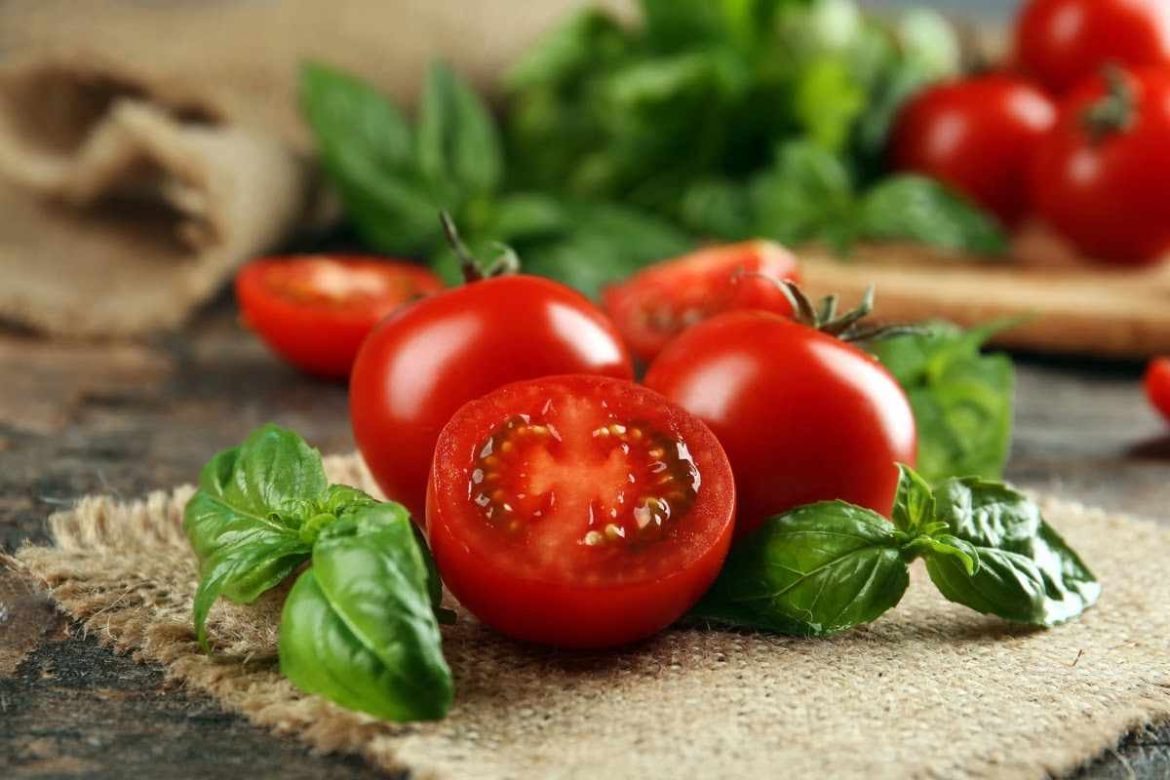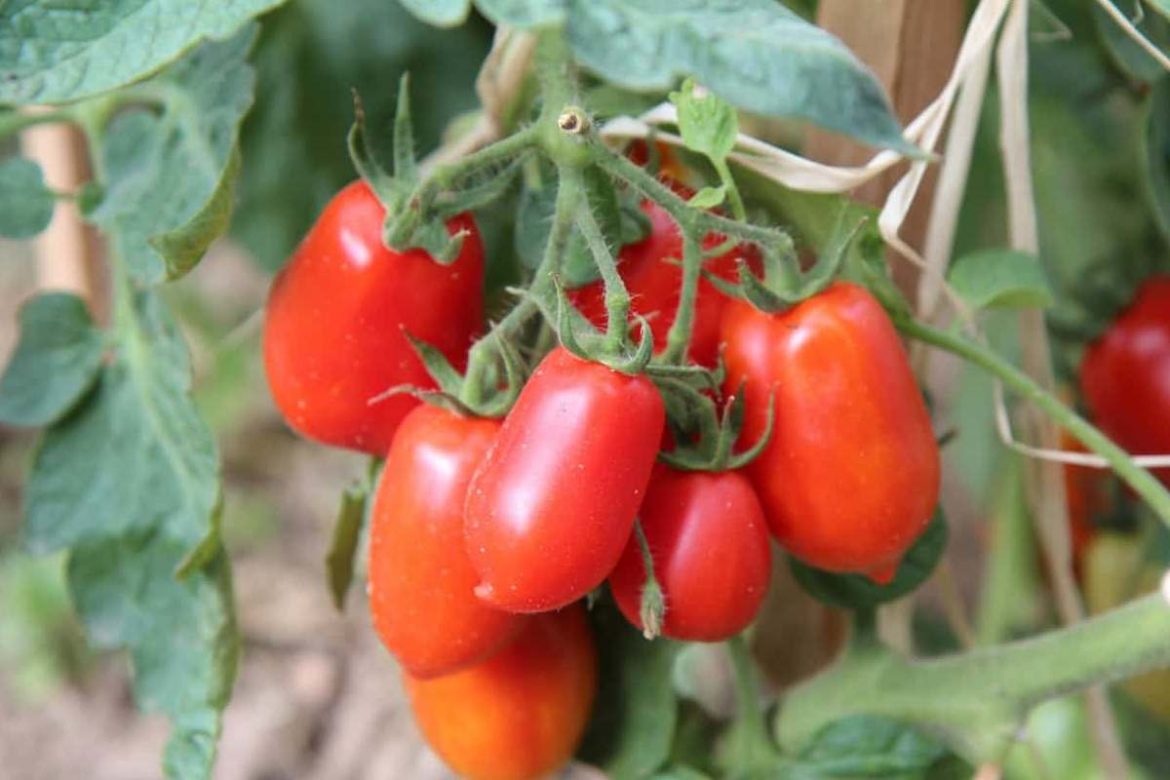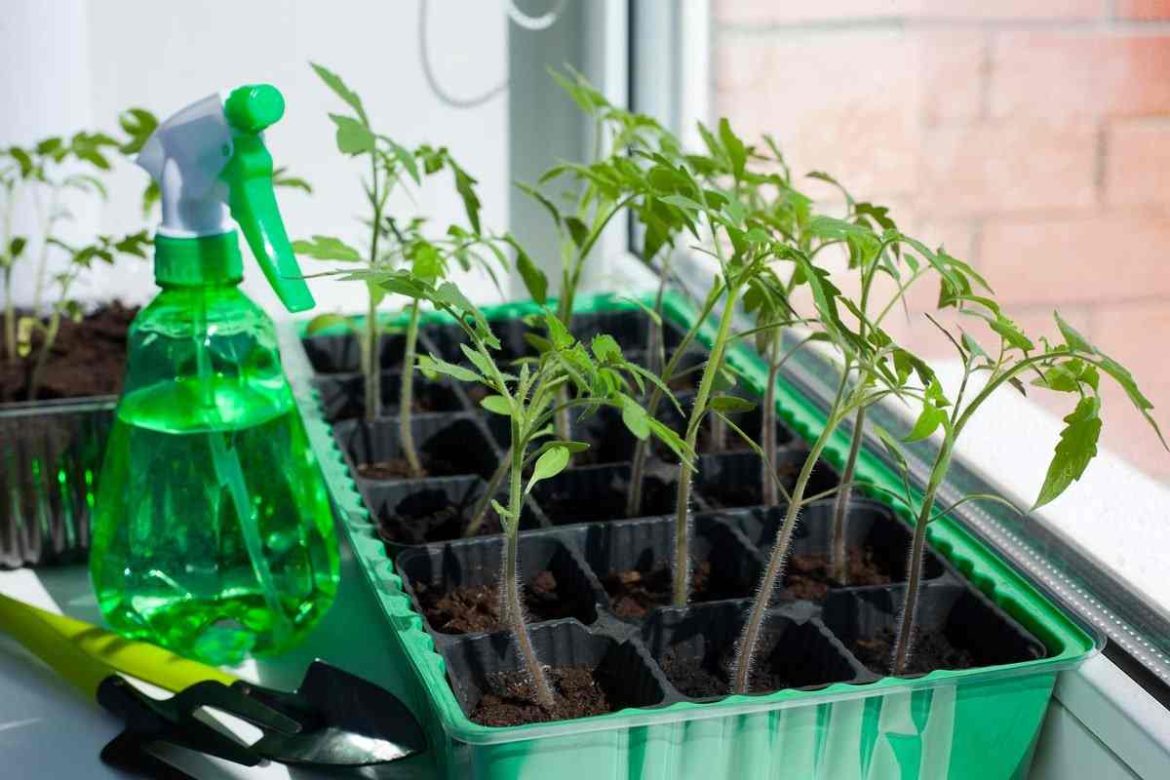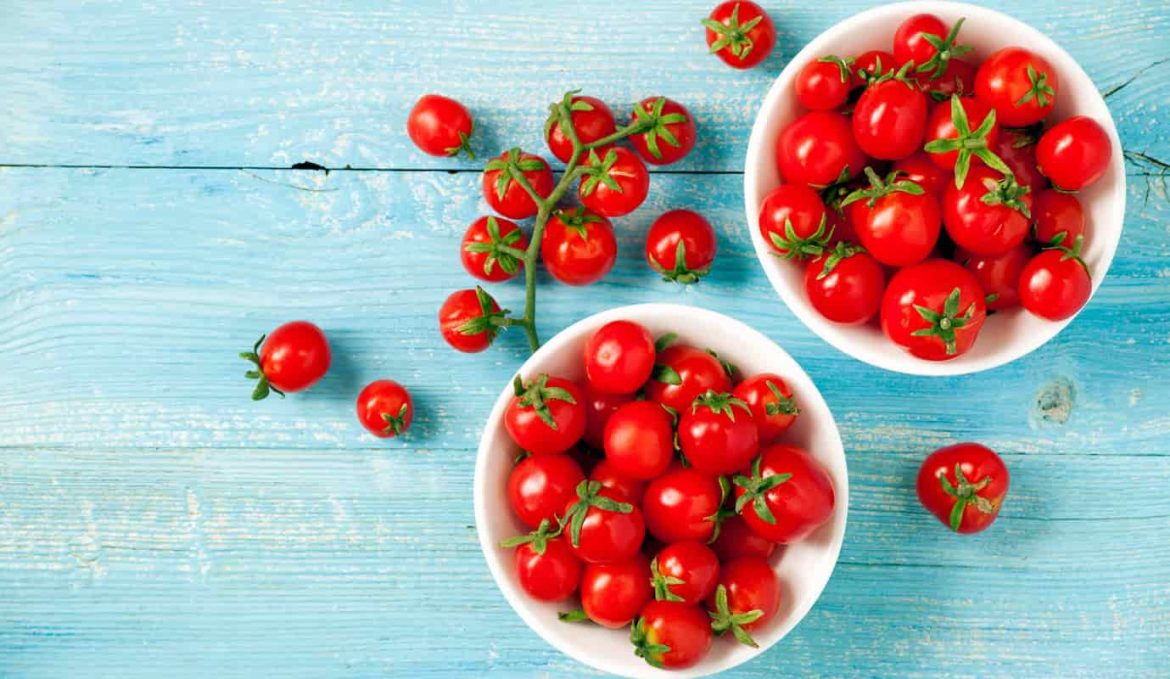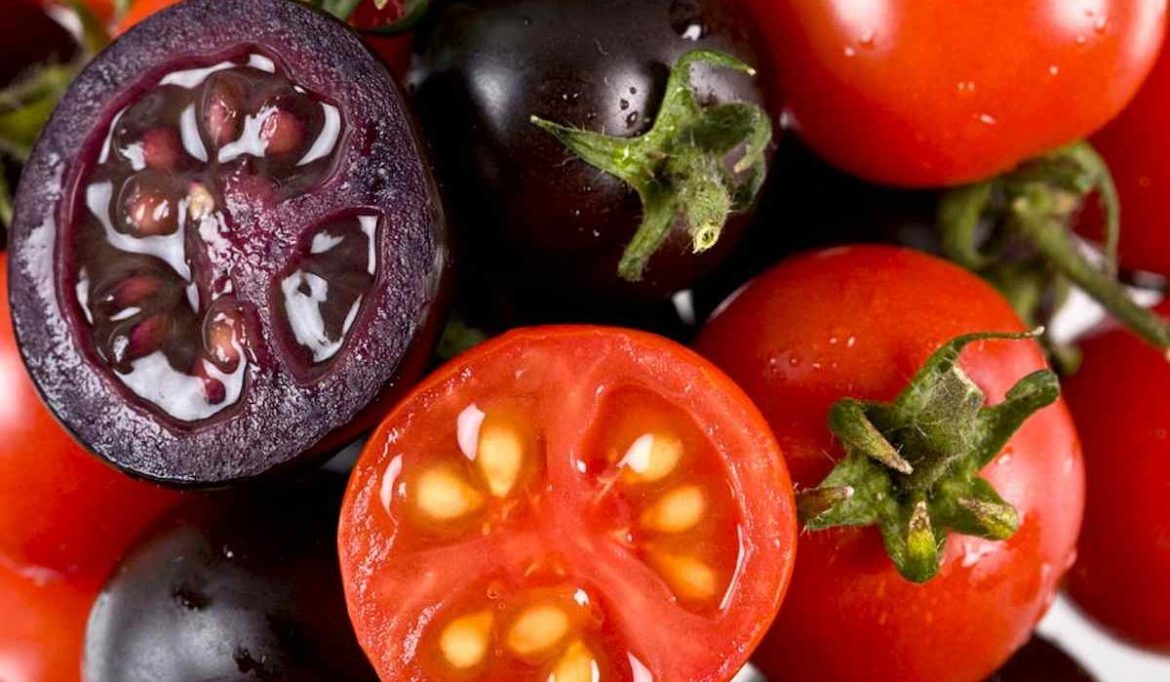Buy beefsteak tomato plant At an Exceptional Price
The largest kind, often weighing at least one pound, is the beefsteak tomato
Their plant is very simple to care for and has a harvesting season of at least 85 days
It is advised to begin your beefsteaks within six weeks of the transplanting date for best results (after the first frost of spring)
Plant your tomato plant 18 to 36 inches apart to encourage healthy development
Stakes, cages, or trellises should be used as tomato support structures
Plants that have been staked and clipped may grow as tall as 6 feet during good growing seasons
When planting tomatoes, the temperature should be at least 60 degrees and not lower than 55
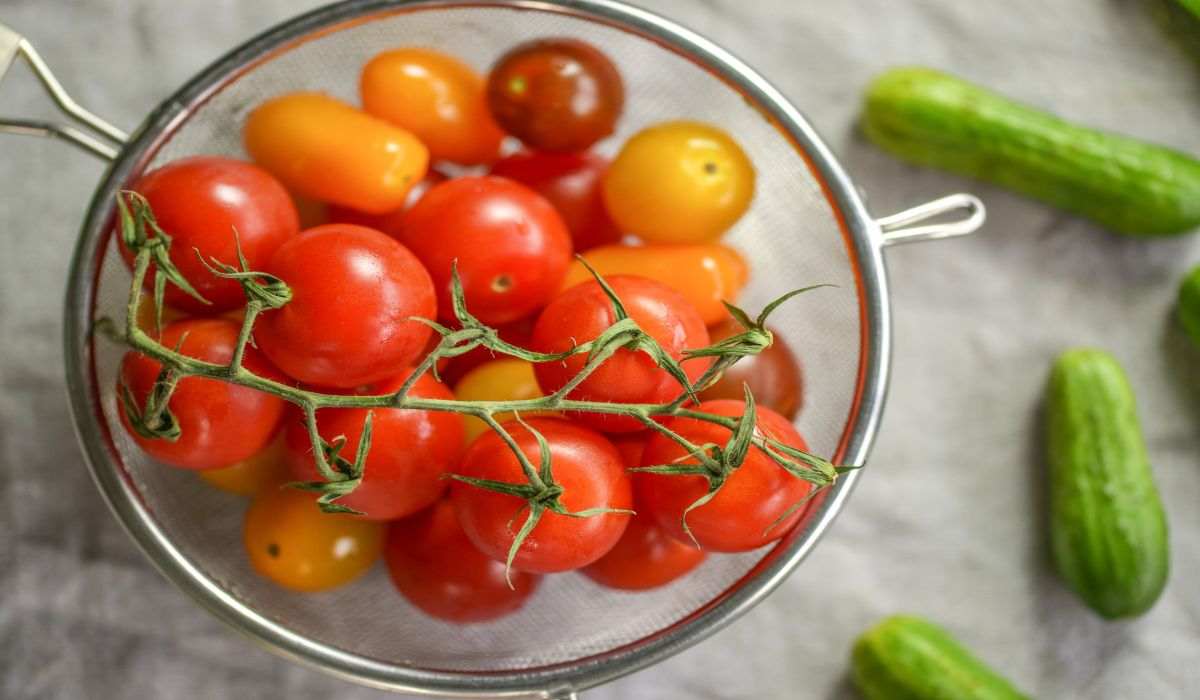
Tomato
Needs for Fertilizer and Soil
Beefsteak tomatoes and cherry tomatoes need a lot of water, sunshine, and fertilizer to grow effectively
Like all other tomato varieties, beefsteak tomatoes need nutrient-rich, well-drained soil to thrive
There is some acidity in the topsoil
For soil, a pH between 6
2 and 6
8 is ideal
Planting beefsteaks should place the soil slightly below the lowest leaves
Beefsteaks do better in the ground than in containers, unlike most plants
Don’t scrimp on fertilizer if you want huge, tender beefsteaks
Apply one pound of fertilizer per 100 square feet to your plants once every three weeks
The ideal ratios are 8:32:16
(or 6:24:24)
The Basics of Light and Water Watering your tomatoes properly is crucial, particularly once they have set fruit
Completely soaking your beefsteak tomatoes will promote the growth of deep roots
Moisture is required to prevent cracked fruits and blossom end rot
Since tomatoes need a steady supply of moisture, you must water your plants if it rains less than an inch every week
Additionally, all-day exposure to direct sunshine is required for beefsteaks (at least eight hours or more)
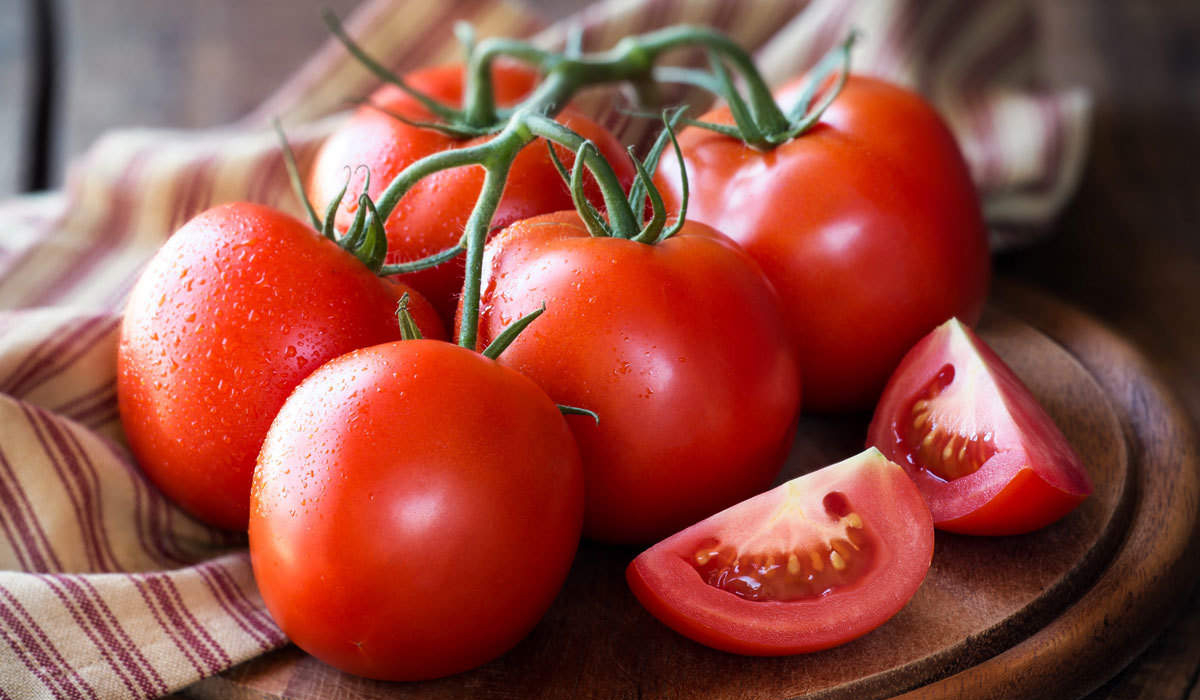
Best-tomatoes
Make sure your plants can absorb as much sunshine as possible by keeping an eye out for any shadows caused by surrounding structures or trees
A practical solution is to grow fresh grape tomatoes on a modest slope with exposure to the south or southeast
Pests and pathogens When producing beefsteak tomatoes, it is essential to rotate your garden’s harvests since illnesses that emerge when plants aren’t rotated are the main enemies of these plants
Hornworms, aphids, rodents (particularly unwelcome squirrels), flea beetles, and other insects are frequent pests while growing beefsteak tomatoes
If the climate is very humid, some fungal illnesses, such early and late blight, may manifest
While beetles, eggs, and larvae may be removed by hand, aphids can be removed off plants using a powerful stream of water
To protect plants from early flea beetle damage, use row coverings
Water in the morning and keep the soil wet but not saturated to avoid fungal infections and blossom end rot
Keeping weeds under control around your beefsteak tomatoes may improve airflow and safeguard the plants
Protection from Frost People who want to grow beefsteak tomatoes need also be knowledgeable about frost prevention methods
Since tomatoes are a warm-season crop, even a little amount of cold may harm the plants
Put a frost blanket over the plants when the temperature falls to safeguard the beefsteaks
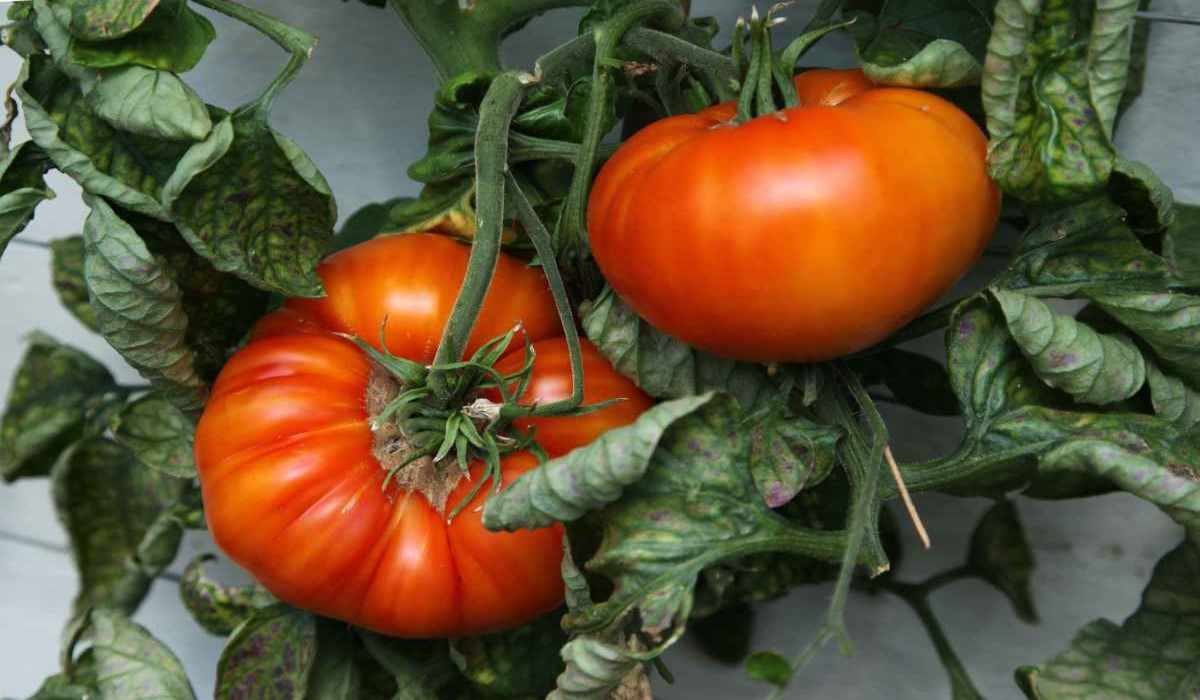
Beefsteak tomato
Beefsteak tomato plant
The beefsteak tomato plant, or Solanum Lycopersicum, may grow up to six feet tall and can yield fruits that weigh over a pound
The beefsteak tomato is the biggest kind of tomato, with fruit that may grow to be six inches in diameter
The texture and taste of ripe tomatoes are meaty and delicious
Due to its juiciness, the beefsteak tomato is a preferred topping for salads and sandwiches
Beefsteak tomatoes are the kind that is most widely produced in North America
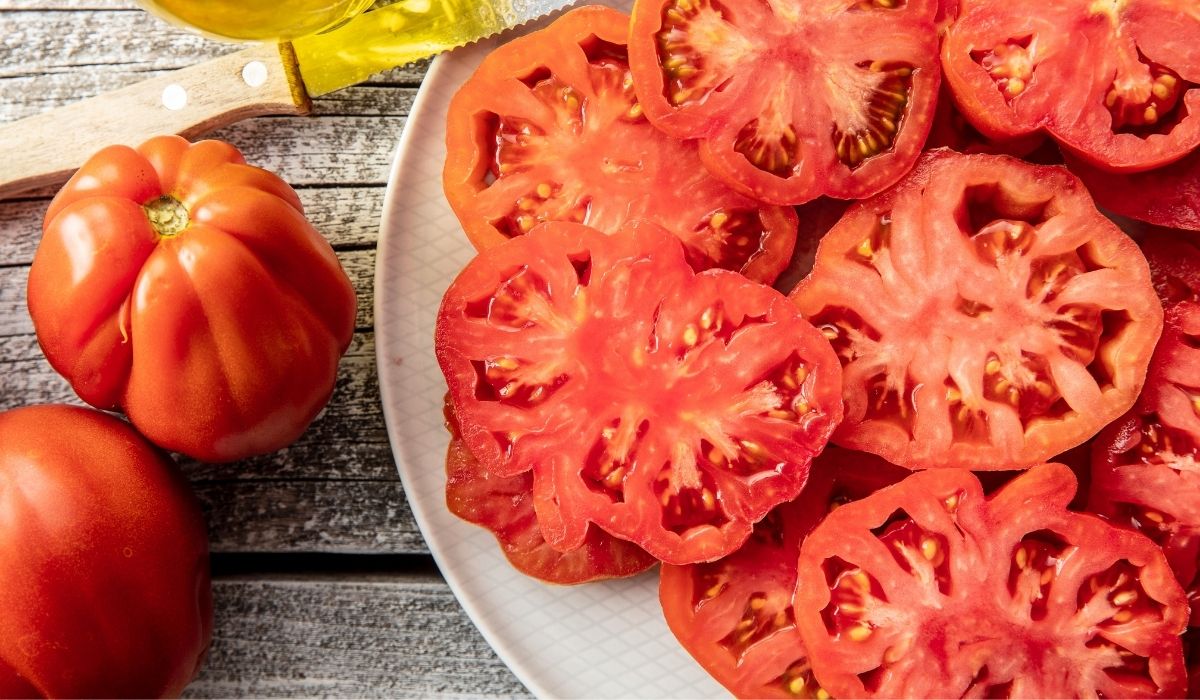
Beefsteak-tomato-plants
Five Common Beefsteak Tomato Varieties
There are several different types of this tomato for slicing
Think about planting these five popular beefsteak kinds in your backyard garden
The “Cherokee Purple” tomato is one of the best beefsteak types and is distinguished by its pinkish hue
This tomato and tomato puree variety also has brown, green, and purple undertones
Brandywine is an open-pollinated heritage cultivar of tomatoes
A small but excellent crop of late-season heirloom tomatoes is produced by “Brandywines
” Use care since this cultivar may ripen in a variety of ways
A hybrid tomato called “Big Beef” is renowned for its hearty flavor and “beefy” texture
“Black Krim”: The heritage variety “Black Krim” gets its name from the area near the Black Sea where it first appeared
The darker meat and saltier taste of the “Black Krim” beefsteak tomato set it apart from others
During the Great Depression, West Virginia produced this beefsteak tomato cultivar
Due to its size, weight, and mild taste, the “Mortgage Lifter” variety was a helpful crop during trying times
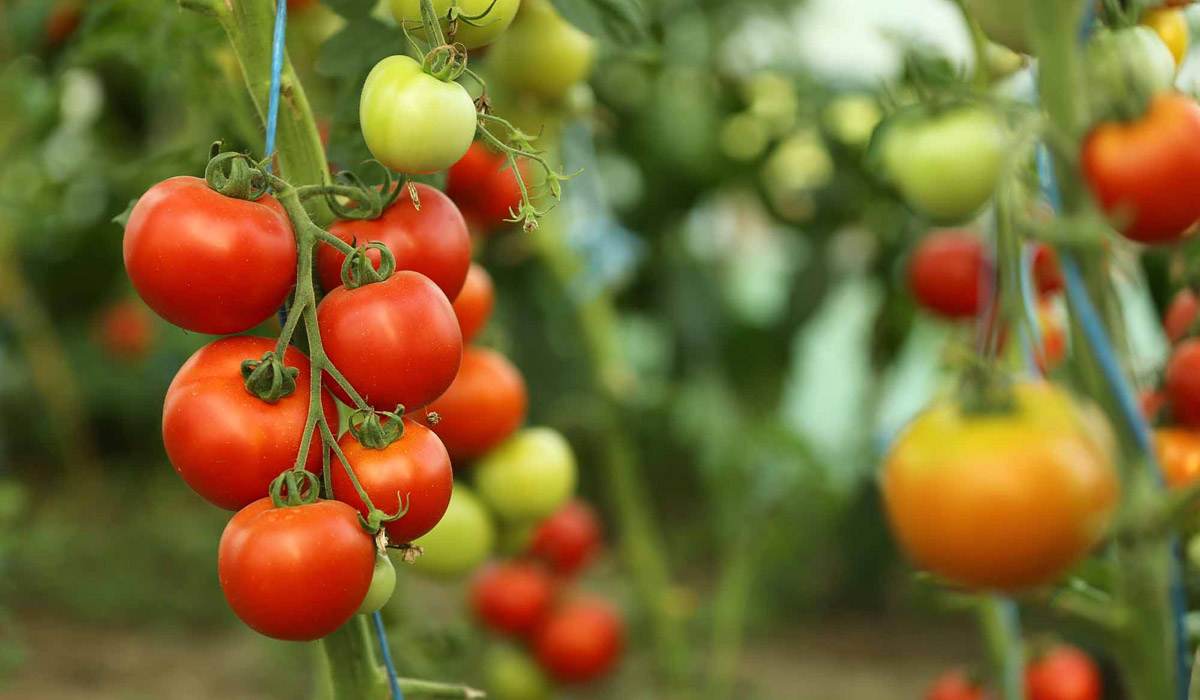
Beefsteak tomato planting
For beefsteak tomatoes to be grown, a few prerequisites must be met
Tomato seeds will begin to sprout around one week after being sown, if the right circumstances exist
Soil: Beefsteak tomato plants thrive on compost and other organic materials
Instead of plastic containers , beefsteaks like warm, deep soil
When moving beefsteak tomatoes from indoor to outdoor settings, use caution
Pick a spot in your vegetable garden that gets plenty of direct sunlight
Because they compete for nutrients with members of the Brassicaceae family like turnips, kale, and cauliflower, plant beefsteak tomatoes apart from them
To stave against insects, plant pest-repelling plants like basil or oregano next to your beefsteaks
Beefsteak tomato plants need to be spaced apart at least 18 inches
Up to 36 inches should separate plants
To help the plant’s stalks develop, use a trellis
For smaller tomato plant kinds, such cherry tomatoes, tomato cages work well; however, a trellis structure is required for beefsteak tomatoes
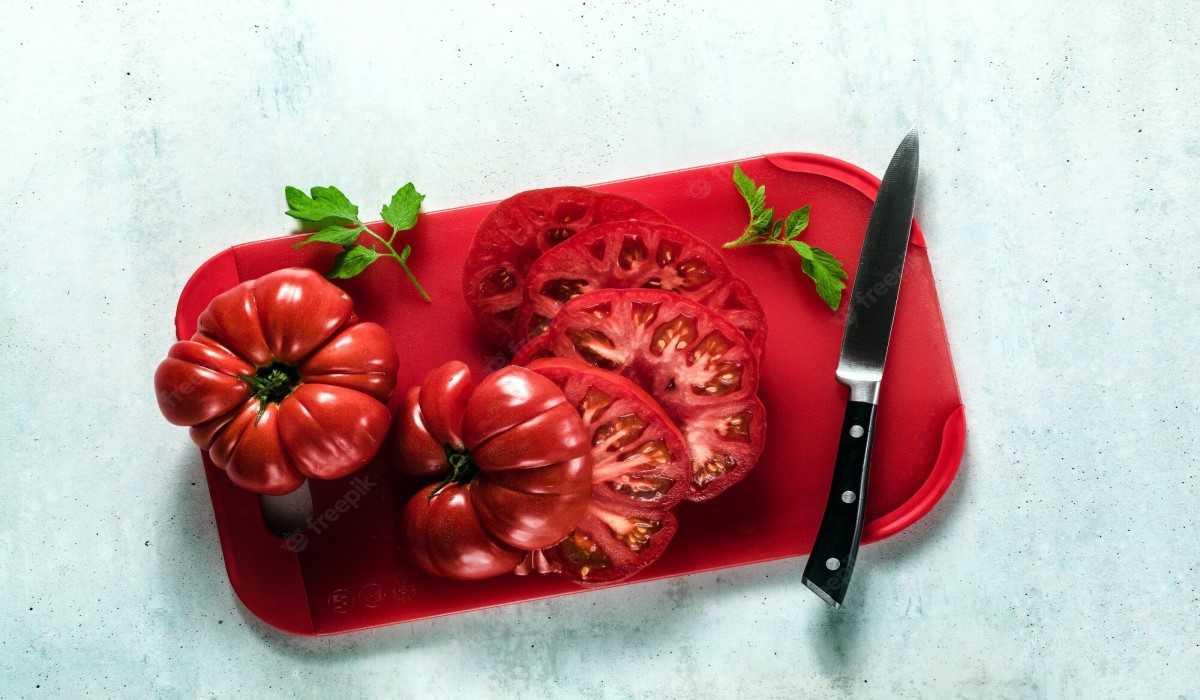
Beefsteak tomato selection
Beefsteak tomatoes may typically be harvested 85 days after planting
Your beefsteak tomato plants are ready to be picked when their fruit is a medium to dark red hue
To check whether a tomato is ripe, look at the color of the bottom
It will be simple to take the beefsteaks from the vine when they are ready to be picked
The best time to pick beefsteak tomatoes and yellow grape tomatoes are when they are at their most delicious
Your just picked tomatoes should be refrigerated or kept at room temperature
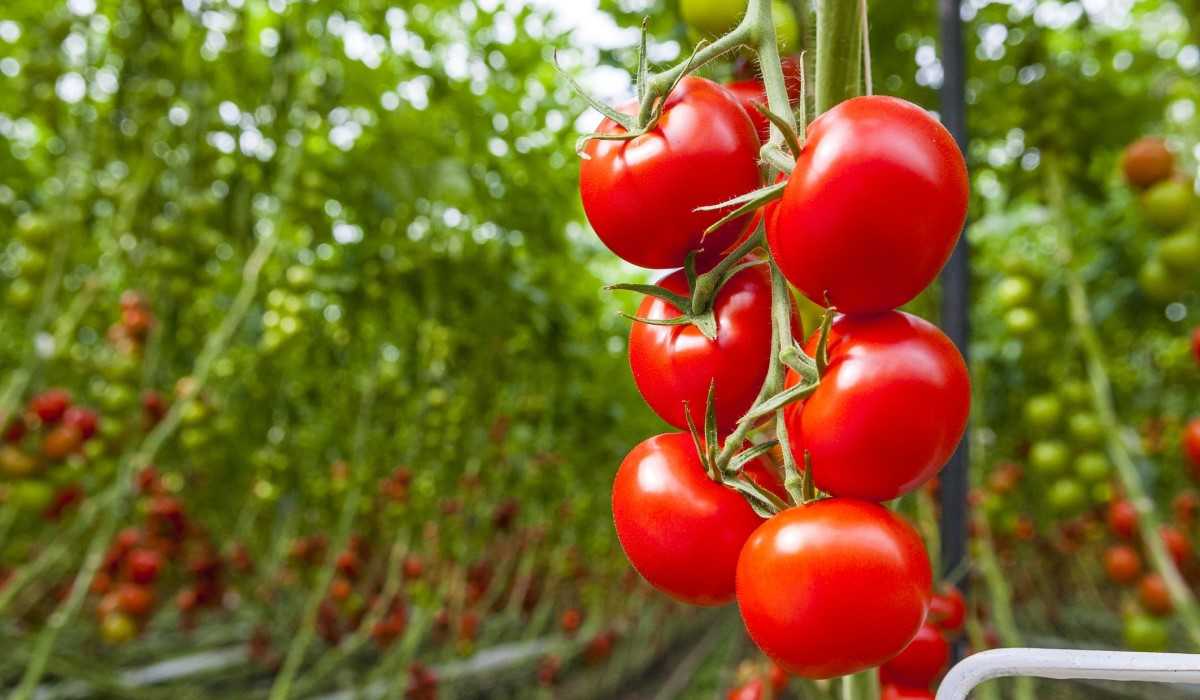
Beefsteak tomatoes should be eaten within a week if kept at room temperature, and within two weeks if kept in the refrigerator

